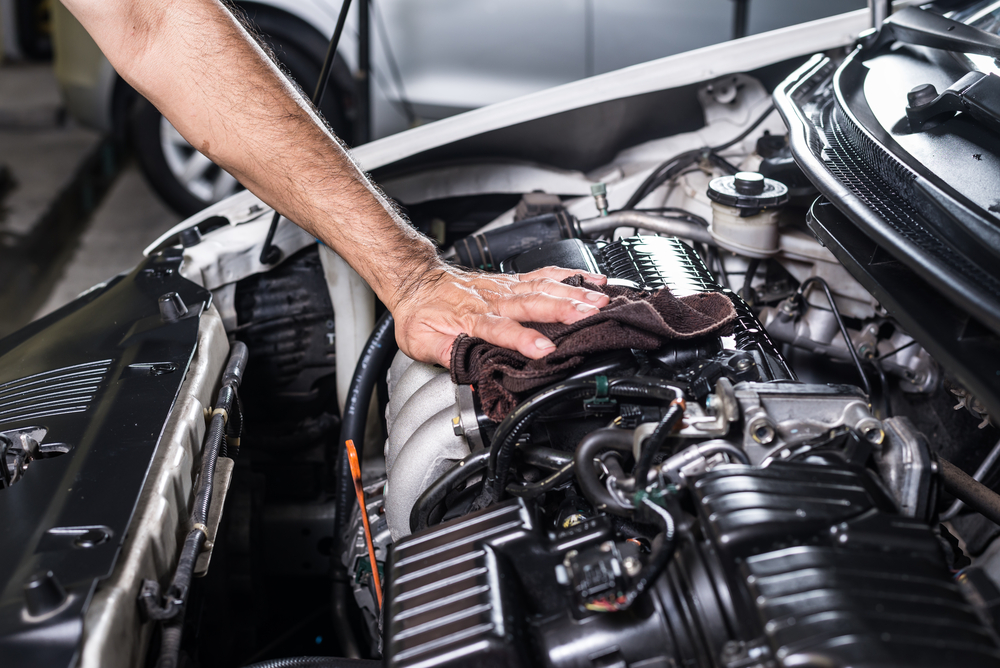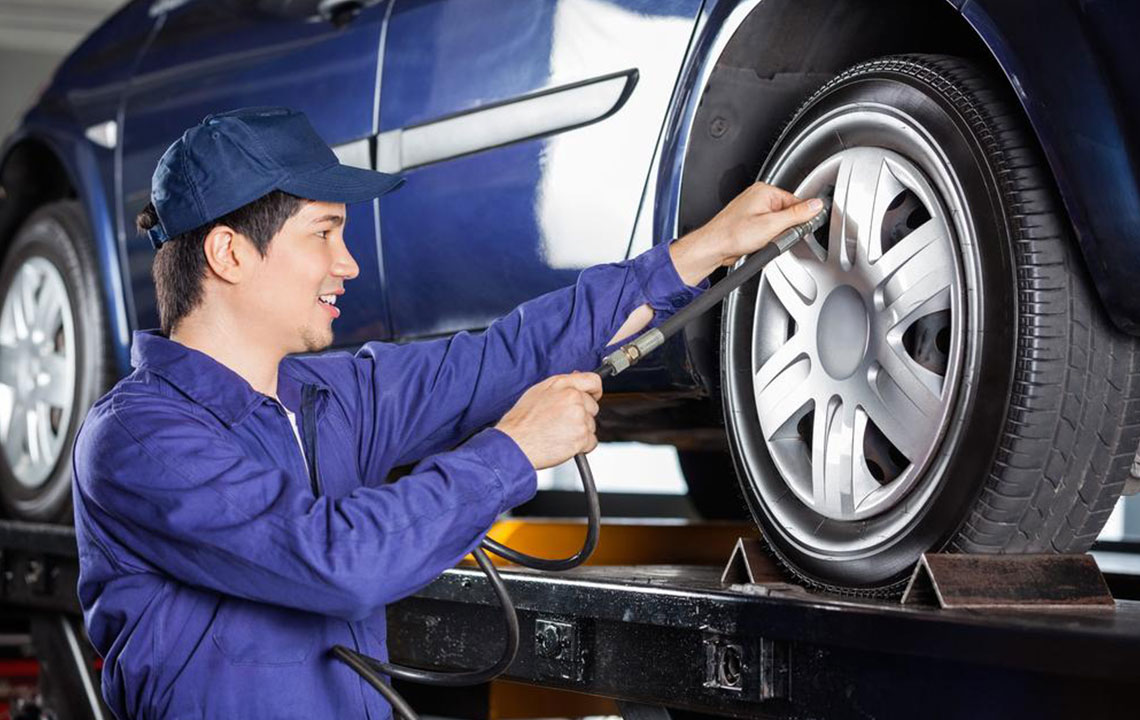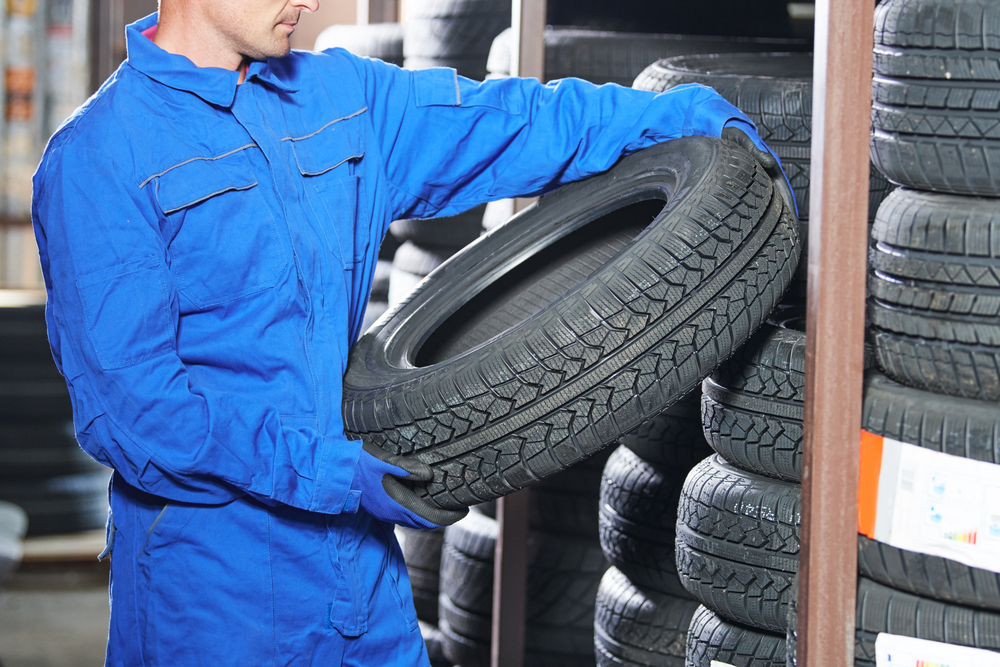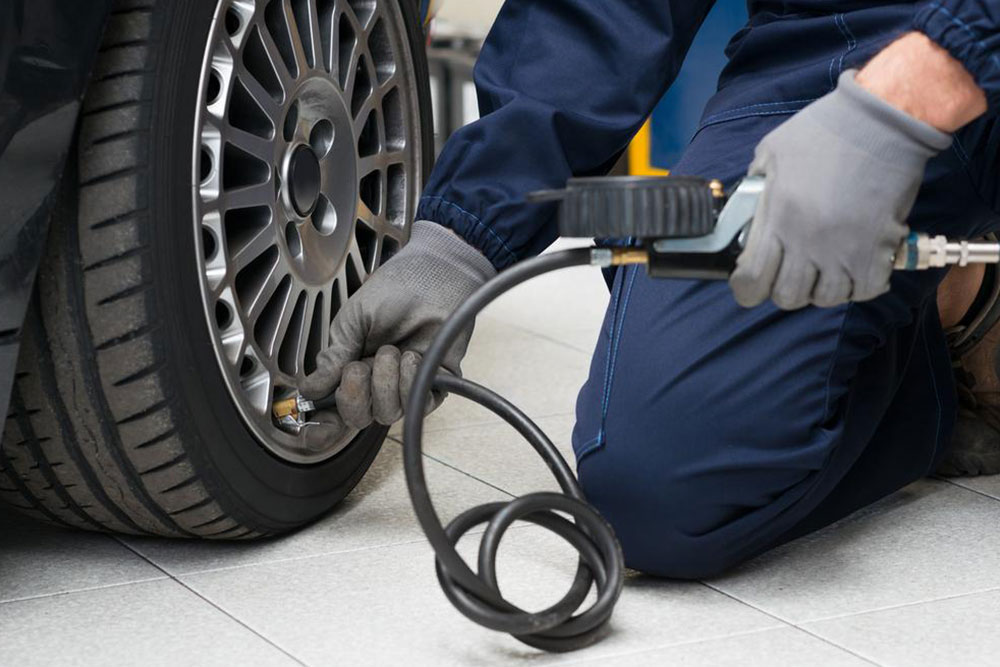Comprehensive Guide to Tire Maintenance for Safer and More Efficient Driving
Maintaining your vehicle's tires is crucial for safe, efficient driving. Regular checks of pressure, timely rotations, proper balancing, and informed replacements help prevent accidents and costly repairs. This comprehensive guide emphasizes the importance of tire maintenance routines, illustrating how to prolong tire life, improve handling, and optimize vehicle safety. Proper tire care not only enhances your driving experience but also leads to better fuel economy and overall vehicle performance. Follow these expert tips for peace of mind on every journey.
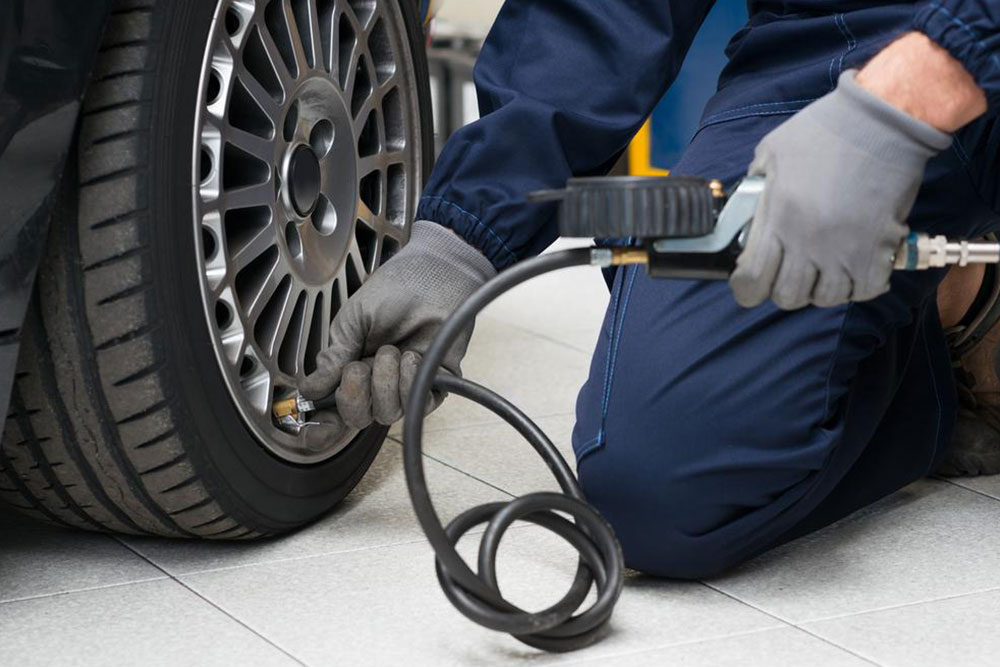
Comprehensive Guide to Tire Maintenance for Safer and More Efficient Driving
Your vehicle's tires are fundamental components that directly influence overall driving safety, performance, and fuel economy. Proper tire care entails more than just checking tire pressure; it involves a systematic approach to maintenance that includes regular inspections, timely rotations, precise balancing, and informed replacement decisions. Adhering to these practices can prevent costly repairs, enhance your driving experience, and significantly reduce the risk of accidents caused by tire failure.
In this extensive guide, we explore all critical aspects of tire maintenance, providing valuable insights and actionable tips to keep your tires in optimal condition. Whether you own a compact car, SUV, or any other vehicle type, understanding how to care for your tires is essential for safe and efficient driving.
Why Tire Maintenance Matters
Well-maintained tires directly contribute to your vehicle’s handling, braking performance, and fuel efficiency. They also play a crucial role in safety, helping you maintain control during adverse conditions. Poor tire maintenance can lead to uneven wear, reduced traction, increased risk of blowouts, and ultimately, expensive repairs or replacements.
By investing time in tire care, you not only extend the lifespan of your tires but also enhance your vehicle’s overall performance. Regular maintenance routines can save money and provide peace of mind, knowing that your tires are capable of withstanding various driving conditions.
To ensure tire longevity and safety, refer to your vehicle's manual and the tire information placard located on the driver’s side door frame. These sources provide the recommended tire pressure specific to your vehicle model. Maintaining proper inflation not only improves tire life but also enhances driving control and reduces fuel consumption, making it an economical choice for everyday driving.
Monitoring and Maintaining Correct Tire Pressure
One of the simplest yet most impactful maintenance tasks is regularly checking tire pressure. Under-inflated tires increase rolling resistance, leading to higher fuel usage and accelerated tire wear. Conversely, over-inflated tires diminish grip, reduce ride comfort, and can cause uneven wear patterns. Aim to check your tire pressure at least once a month, especially before long trips or when carrying heavy loads.
Use a reliable tire pressure gauge to measure pressure when the tires are cold, as driving heats up the tires and can give false readings. Adjust the pressure to match the manufacturer's specifications, which are usually listed in your vehicle manual or on a sticker on the driver's side door frame. Properly inflated tires optimize contact with the road, providing better handling, longer tread life, and improved safety.
Scheduled Tire Rotation for Even Wear
Another crucial aspect of tire care is regular rotation. Rotating your tires helps distribute wear evenly across all four tires, preventing premature tire replacement and ensuring consistent performance. Most manufacturers recommend rotating tires every 4,000 to 6,000 miles, but always consult your vehicle’s manual for specific guidance.
Typically, front tires tend to wear faster because they handle steering and counteracting engine torque, especially in front-wheel-drive vehicles. Regular rotation ensures that all tires wear uniformly, prolonging their lifespan and maintaining optimal traction. Keep a record of your rotation schedule to stay on top of maintenance and avoid neglect that could compromise safety.
Wheel Balancing and Alignment for Smooth Driving
Proper wheel balancing and alignment are vital for ensuring smooth handling and prolonging tire life. Unbalanced wheels can cause vibrations at higher speeds, uneven tread wear, and put additional strain on suspension components. Wheel imbalance often manifests as a steering wheel wobble or vibration during highway driving, which becomes uncomfortable and unsafe over time.
Alignment, on the other hand, refers to adjusting the angles of the wheels to manufacturer specifications. Misalignment can cause tires to pull to one side, uneven tire wear, and compromised safety. Regular checks and adjustments not only improve ride comfort but also prevent uneven tire degradation, saving money in the long run.
When and How to Replace Your Tires
Tire replacement is unavoidable as tires reach the end of their service life or if they sustain irreparable damage. As a rule of thumb, consider replacing tires in pairs or sets to maintain vehicle stability and handling characteristics. It is generally recommended to put new tires on the rear axle for better traction and control, especially in wet or slippery conditions.
Always inspect your tires for signs of damage, such as cracks, bulges, embedded objects, or significant tread wear—particularly if tread depth reaches below 2/32 inch. Rotate your tires regularly and replace them before the tread wears down to unsafe levels. Keep a properly inflated spare tire in your trunk for emergencies, and ensure it is in good condition and correctly inflated.
By following these detailed maintenance guidelines, you can significantly enhance your vehicle’s safety, extend the life of your tires, and enjoy a smoother, more efficient driving experience.

